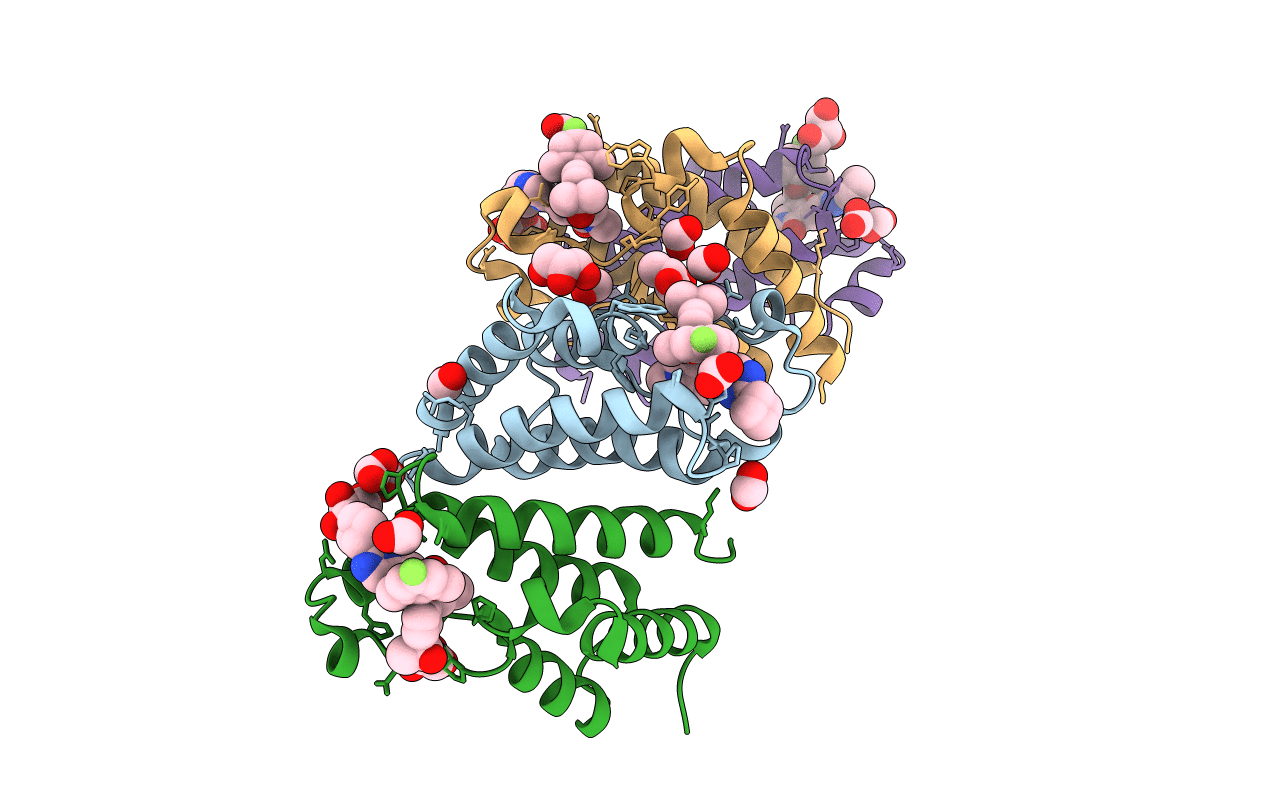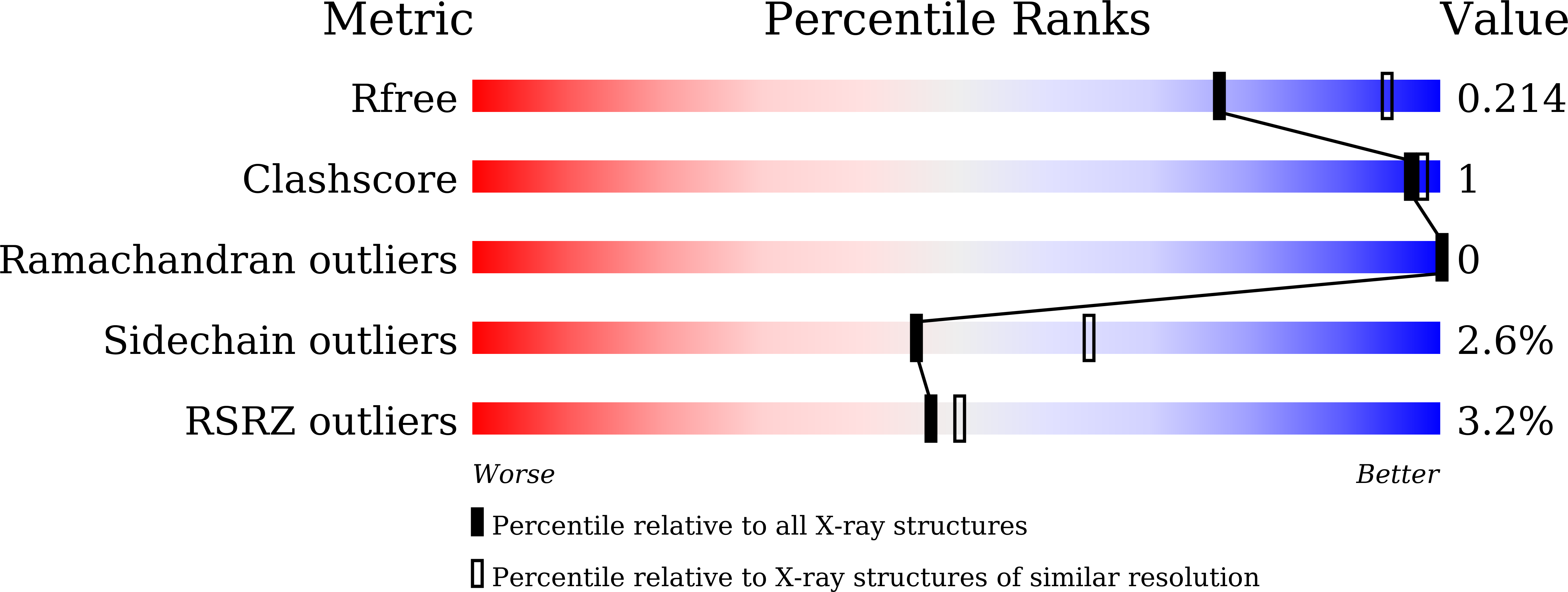
Deposition Date
2022-01-16
Release Date
2022-08-10
Last Version Date
2023-11-29
Entry Detail
PDB ID:
7WMQ
Keywords:
Title:
Crystal Structure of the second bromodomain of human BRD2 in complex with the inhibitor Y13157
Biological Source:
Source Organism:
Homo sapiens (Taxon ID: 9606)
Host Organism:
Method Details:
Experimental Method:
Resolution:
2.37 Å
R-Value Free:
0.21
R-Value Work:
0.18
R-Value Observed:
0.18
Space Group:
P 21 21 21


